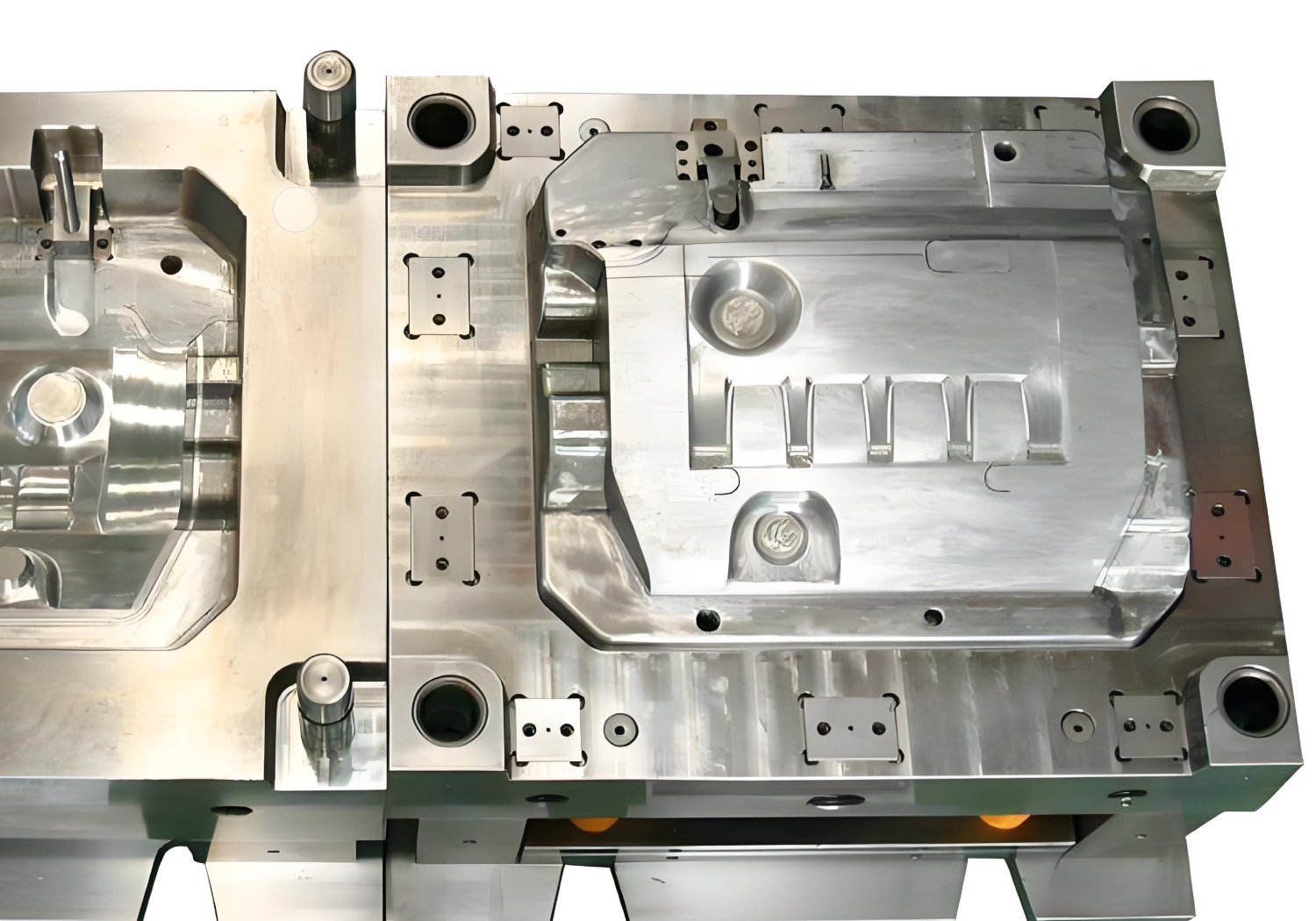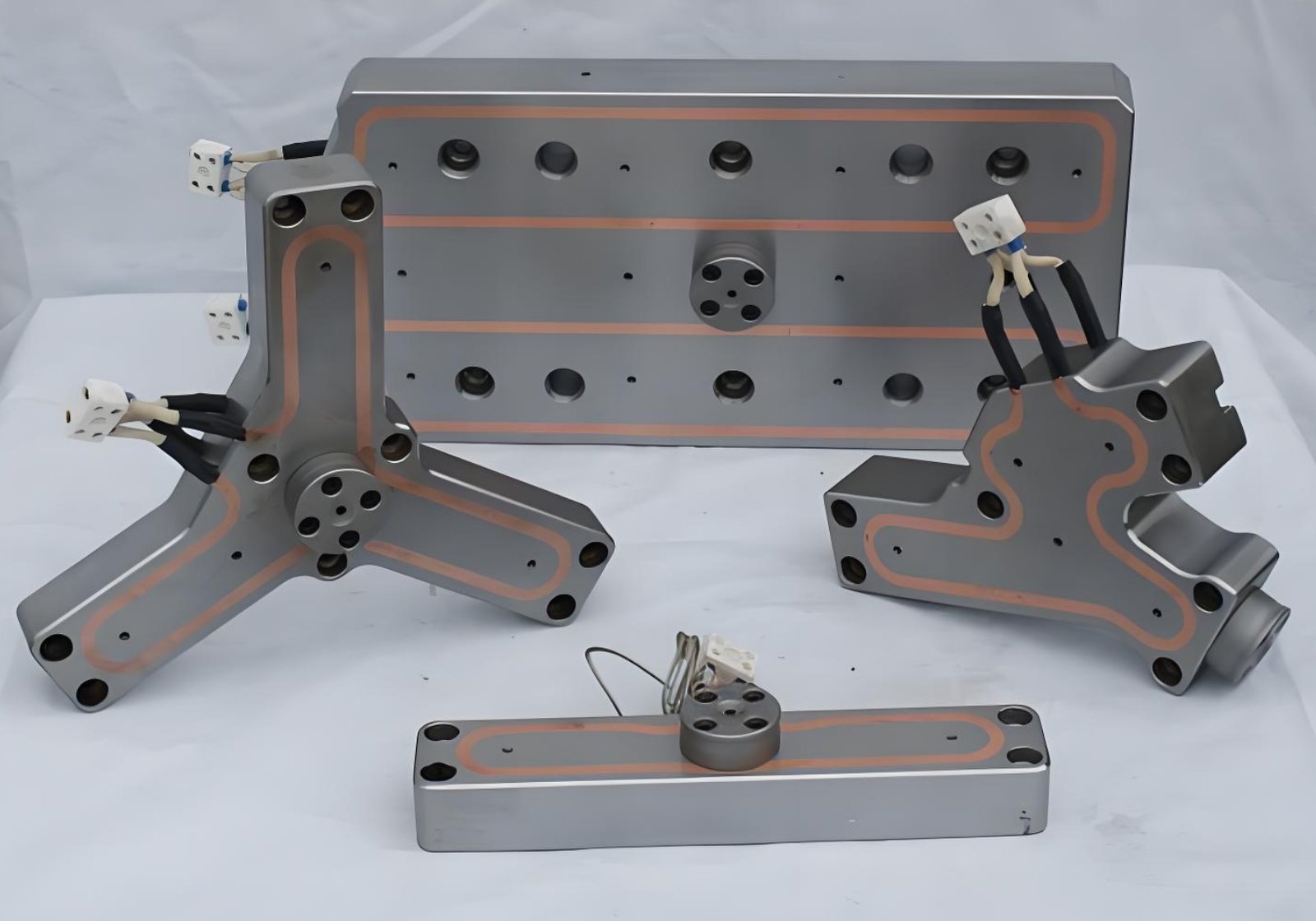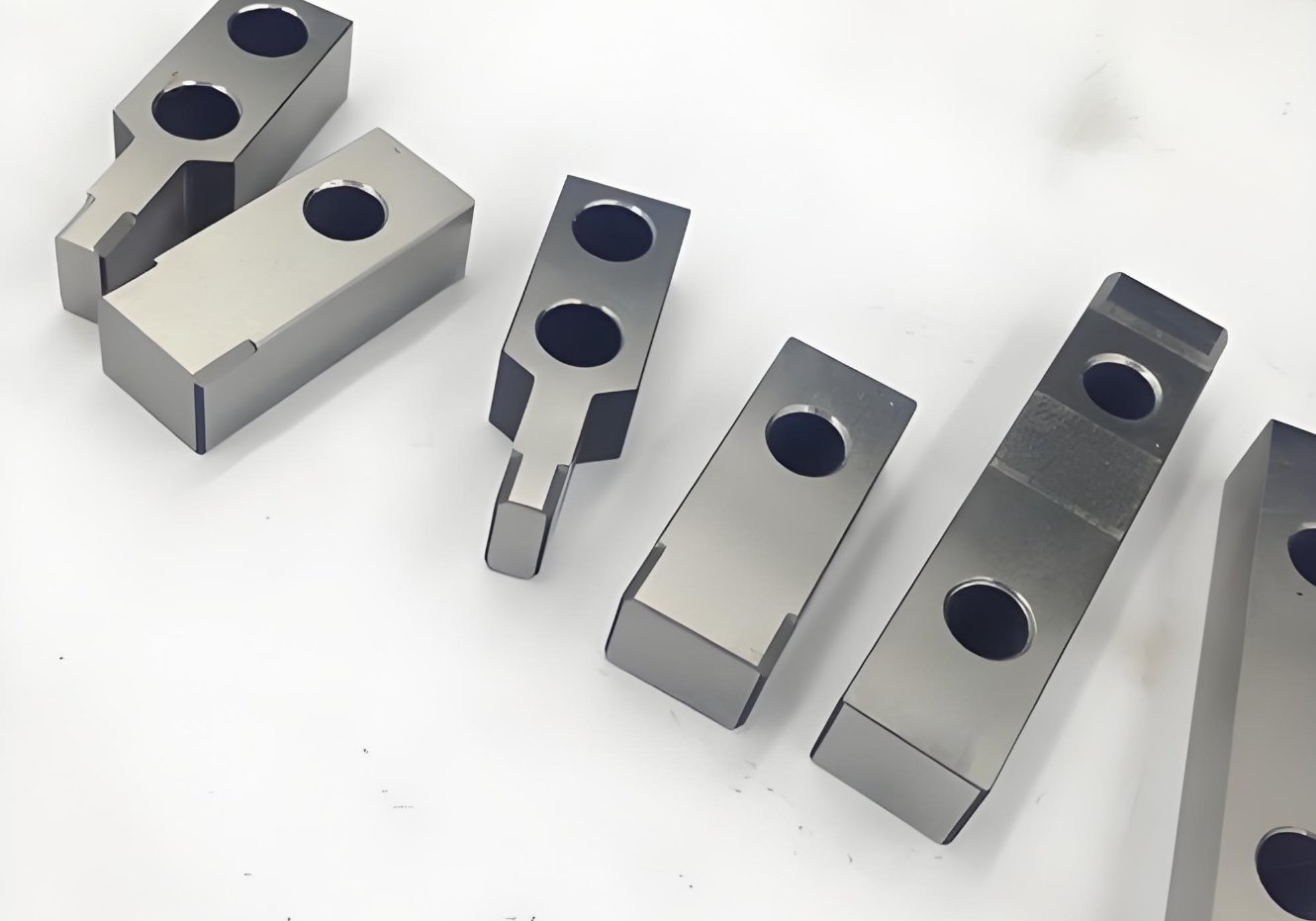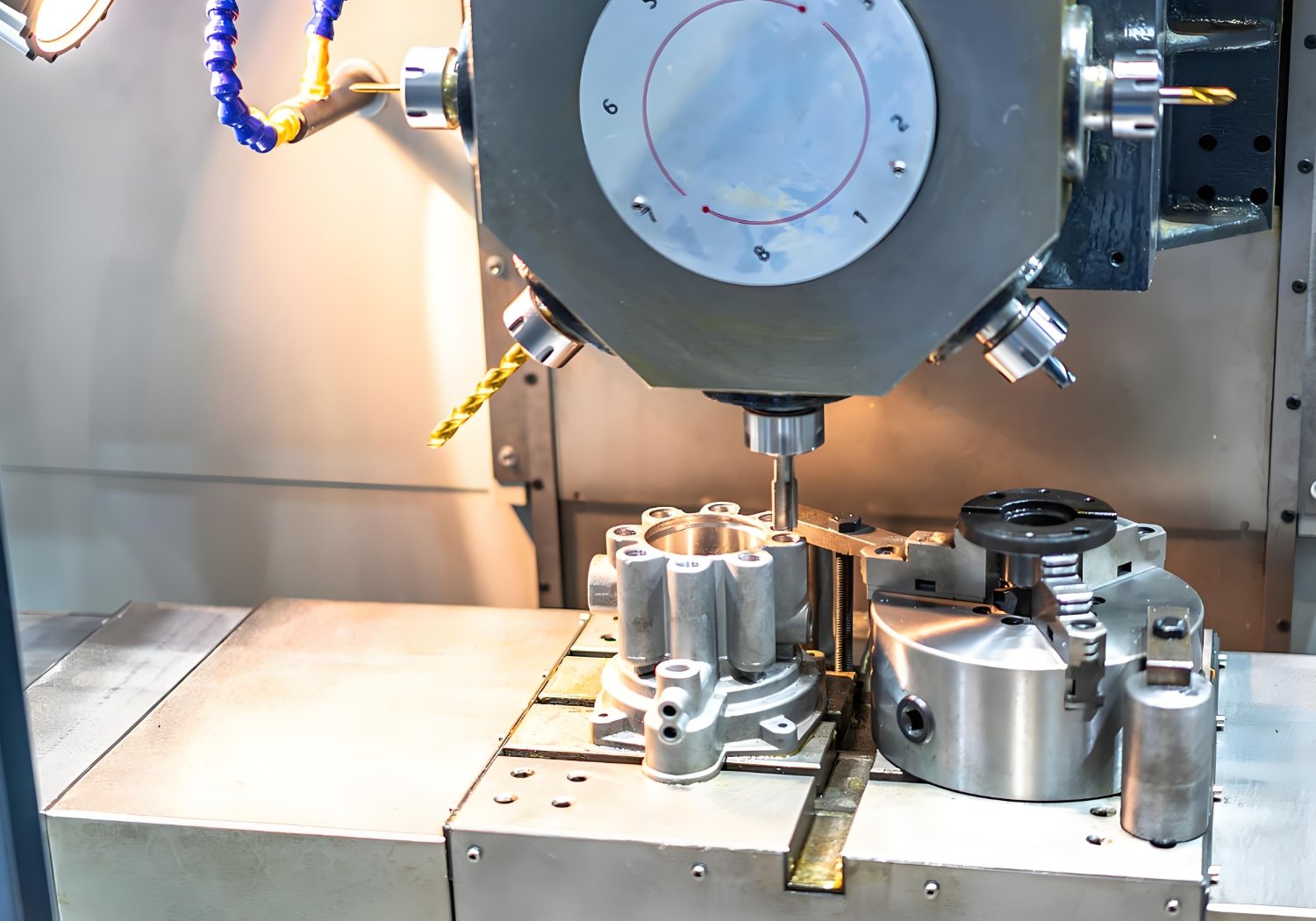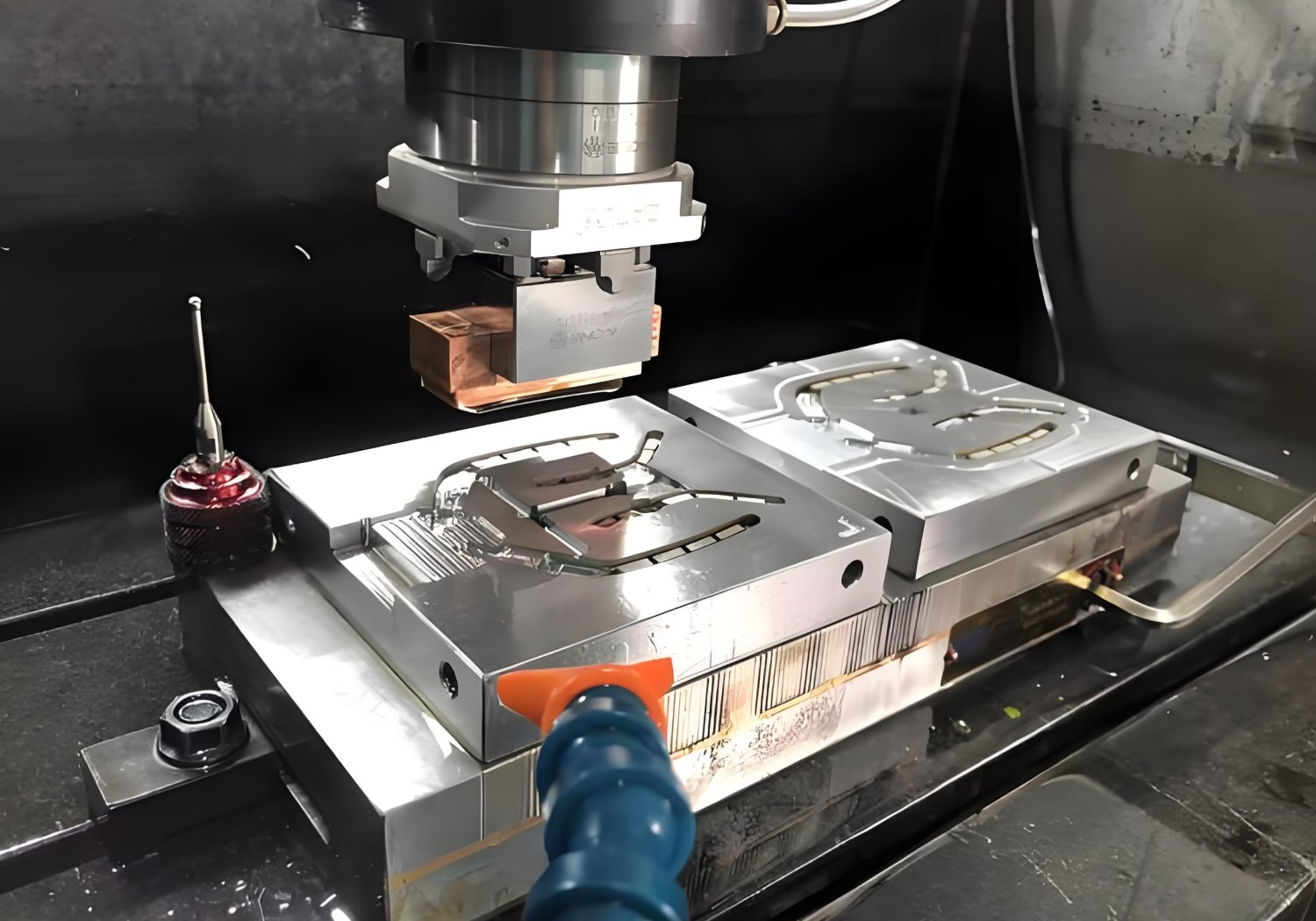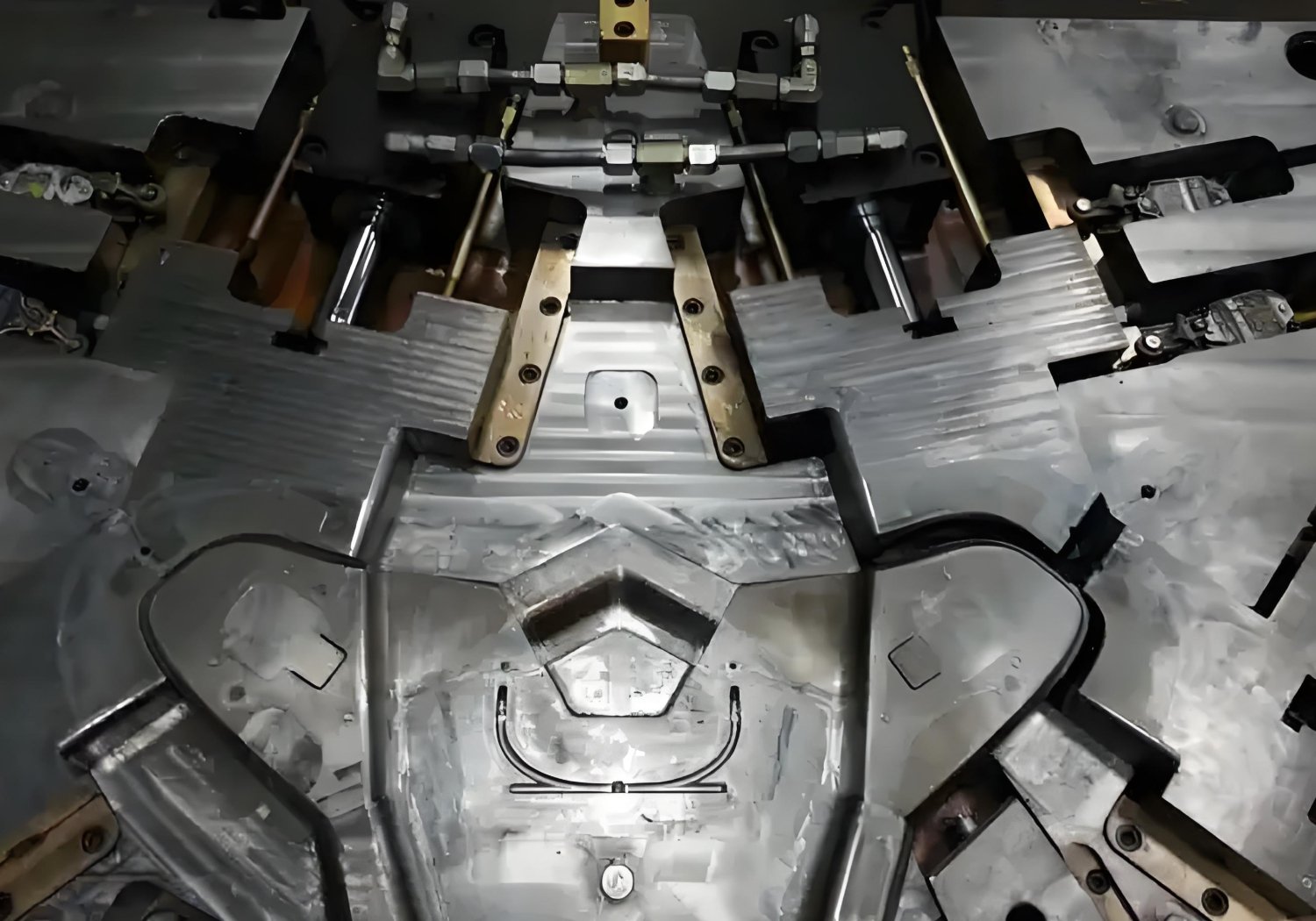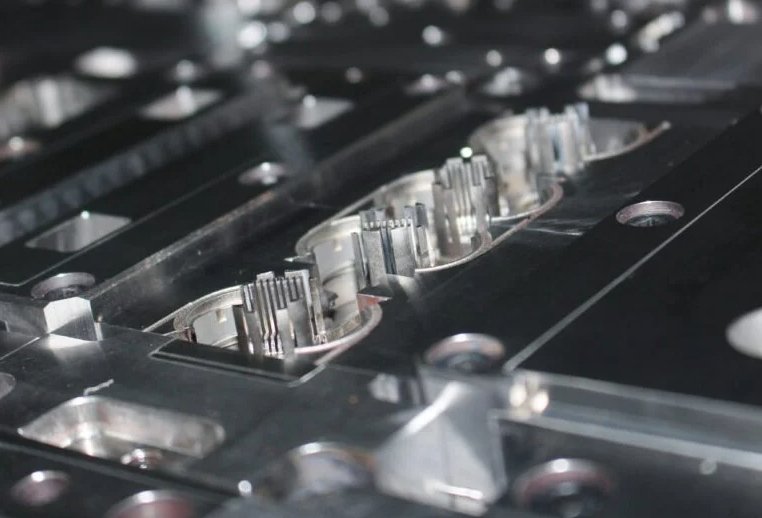Precision Structural & Support Components
- Speed: Pre-machined mold bases reduce lead time by 40%.
- Cost Savings: Interchangeable components cut maintenance costs by 30%.
- Lifetime Support: Free FEA analysis to optimize pillar placement and load distribution.
Start your project now
ISO 9001:2015 Certified Processes
ISO 13485: 2016 Medical Device
IATF 16949: 2016 Automotive
AS9100 Quality Management
No Minimum Order Quantities
In-Process Inspection with CMM
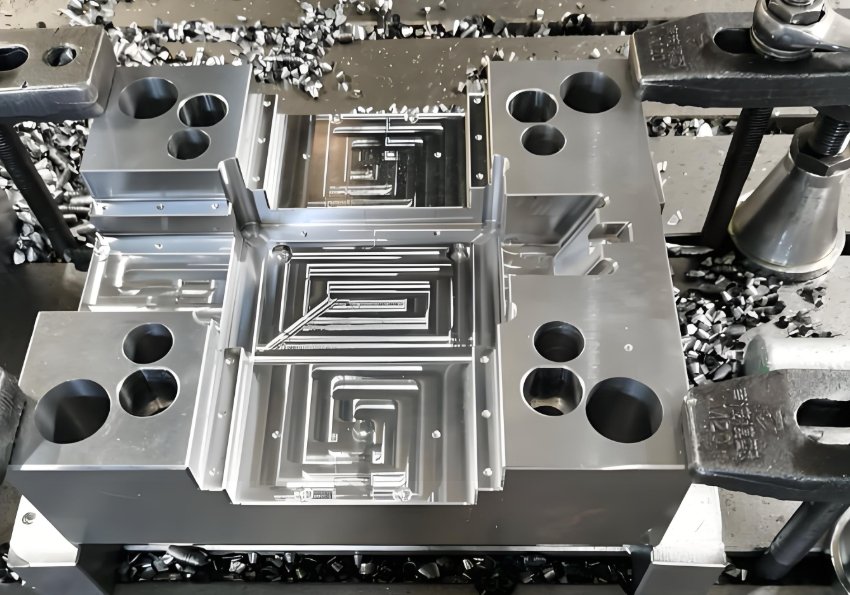
Mold Structural & Support Components
Structural components ensure mold integrity under high-pressure cycles. Core parts include mold bases, plates, pads, support pillars, and etc.
As a globally trusted ISO 9001-certified manufacturer, we deliver structural components that enhance mold rigidity, reduce deflection, and extend service life. Key advantages:
- ±0.002mm Alignment Precision: Guaranteed parallelism for multi-cavity molds.
- Ultra-High Load Capacity: 60HRC hardened steel pillars supporting 50+ tons.
- Rapid Delivery: 10-day lead time for standard mold bases (200+ sizes in stock).
- Global Compliance: Meets HASCO, DME, and EU Machinery Directive standards.
Key Features
Fatigue Resistance
SAE 4140 steel with quench-tempering for 1M+ cycles.
Thermal Stability
Low-carbon alloys to minimize warping in hot-runner systems.
Modular Design
Interchangeable guide bushings for fast maintenance.
Category of Structural & Support Components
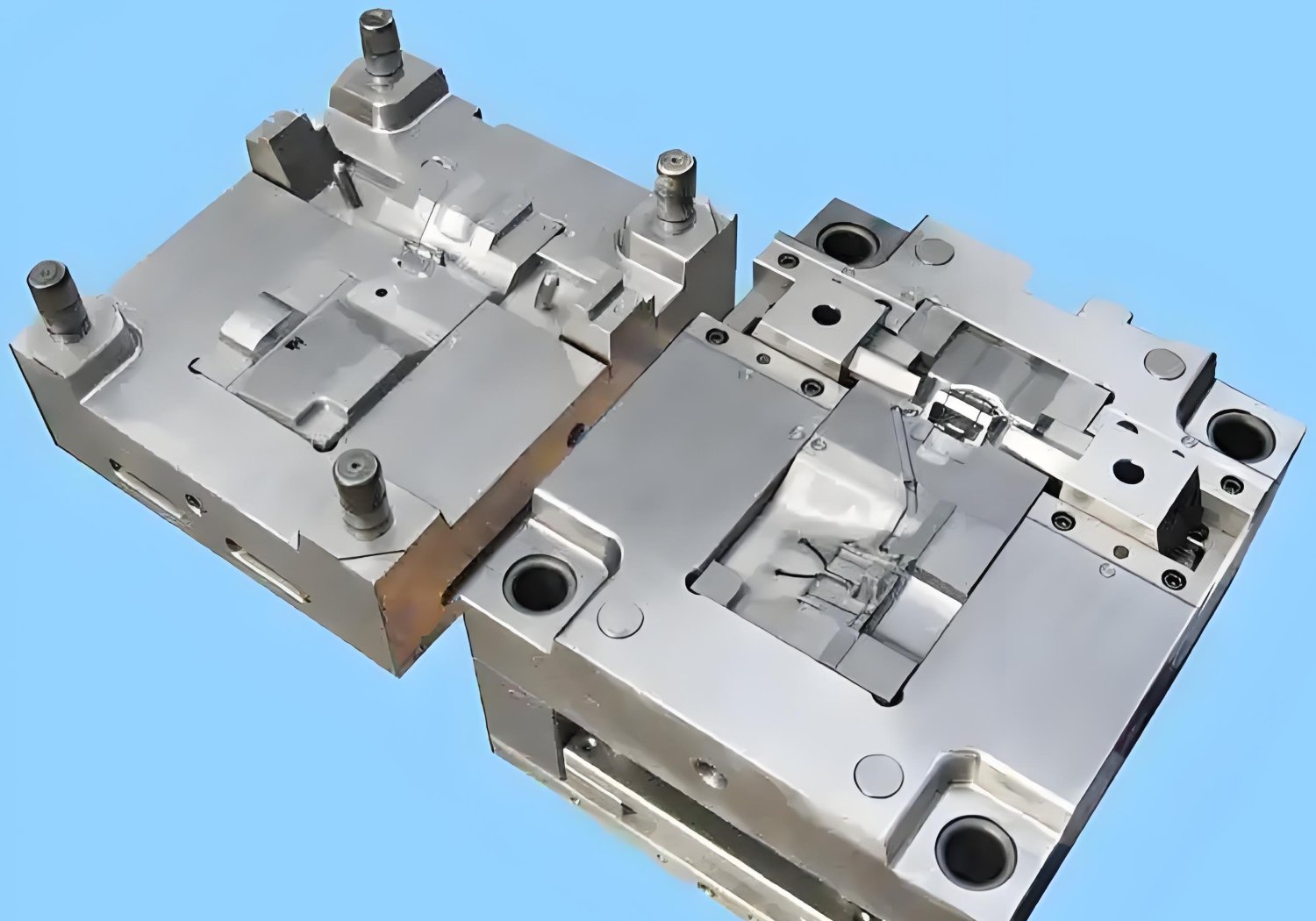
Mold Base
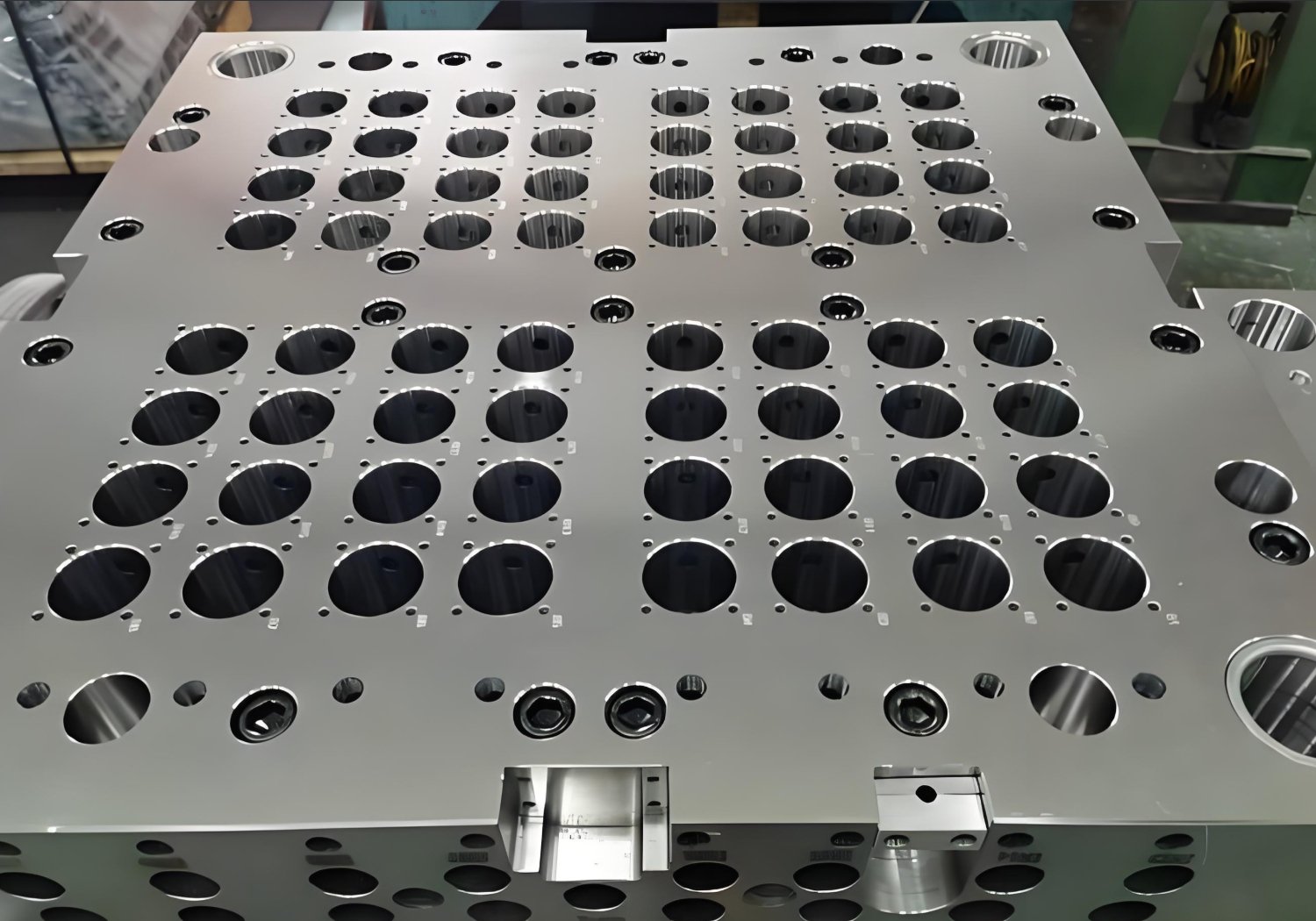
Mold Plate
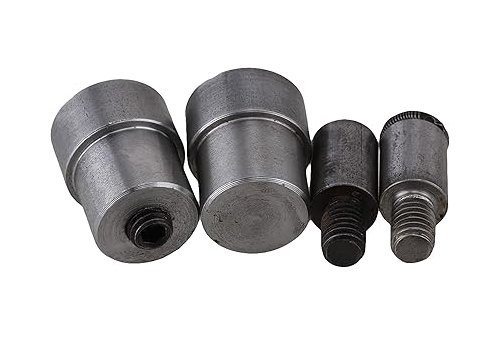
Fasteners
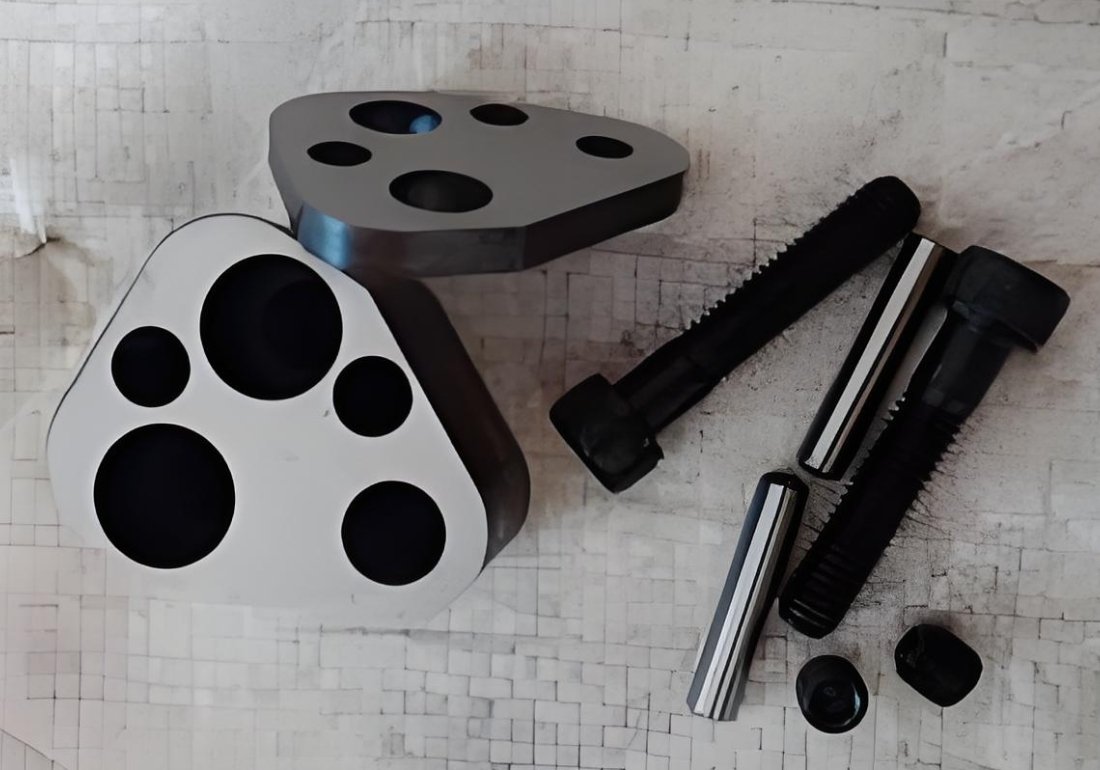
Punch Holder
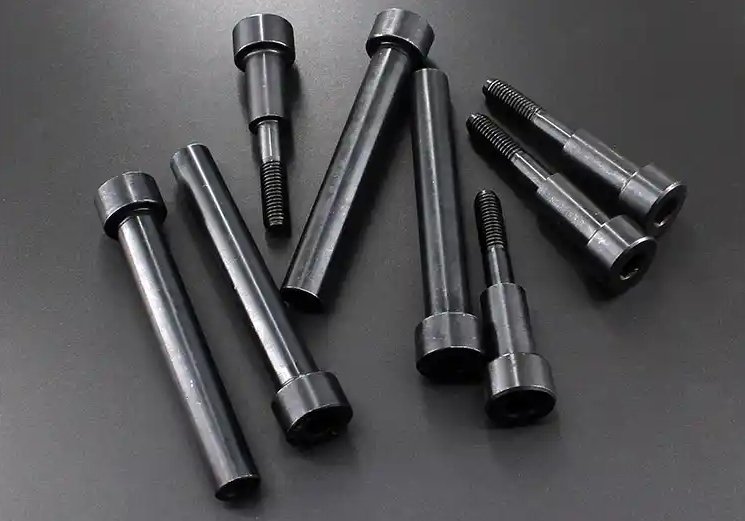
Limit Pin
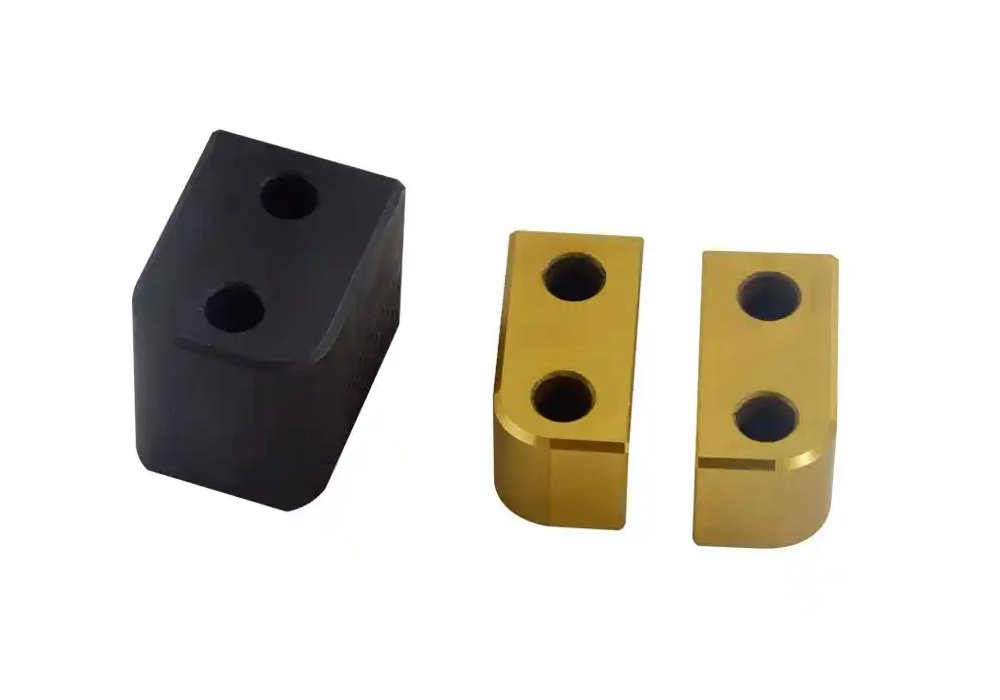
Limit Block
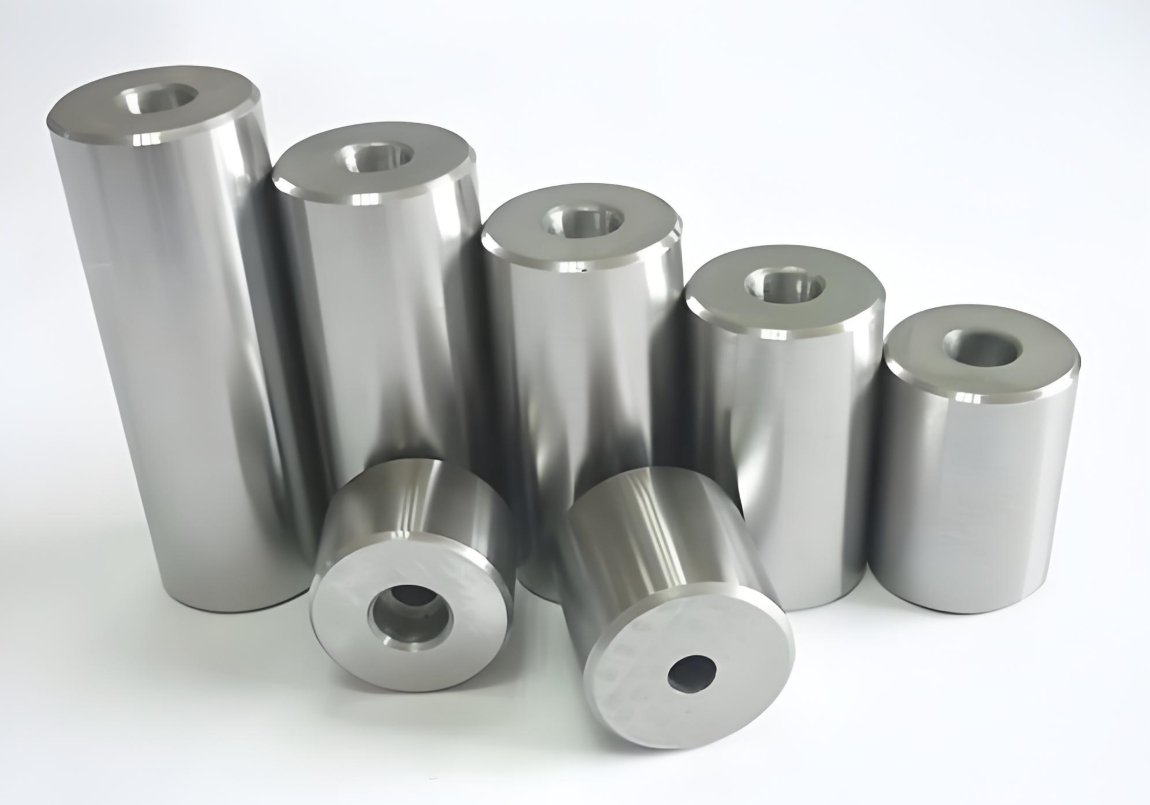
Support Pillars
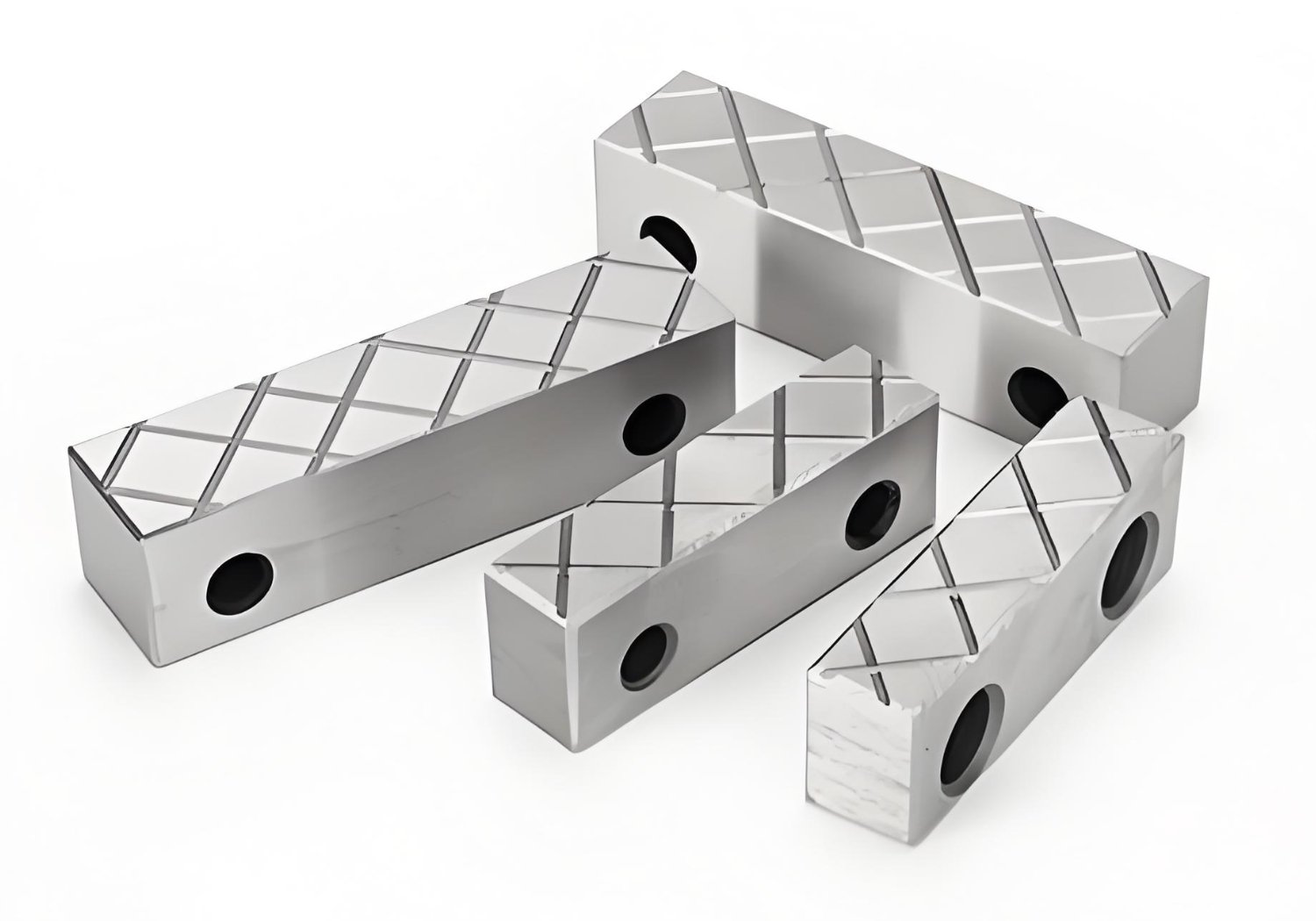
Spacer Blocks
Fecision Mold Component Tooling Network
In response to different service types and diverse business needs, we have deployed suppliers with different manufacturing capabilities.
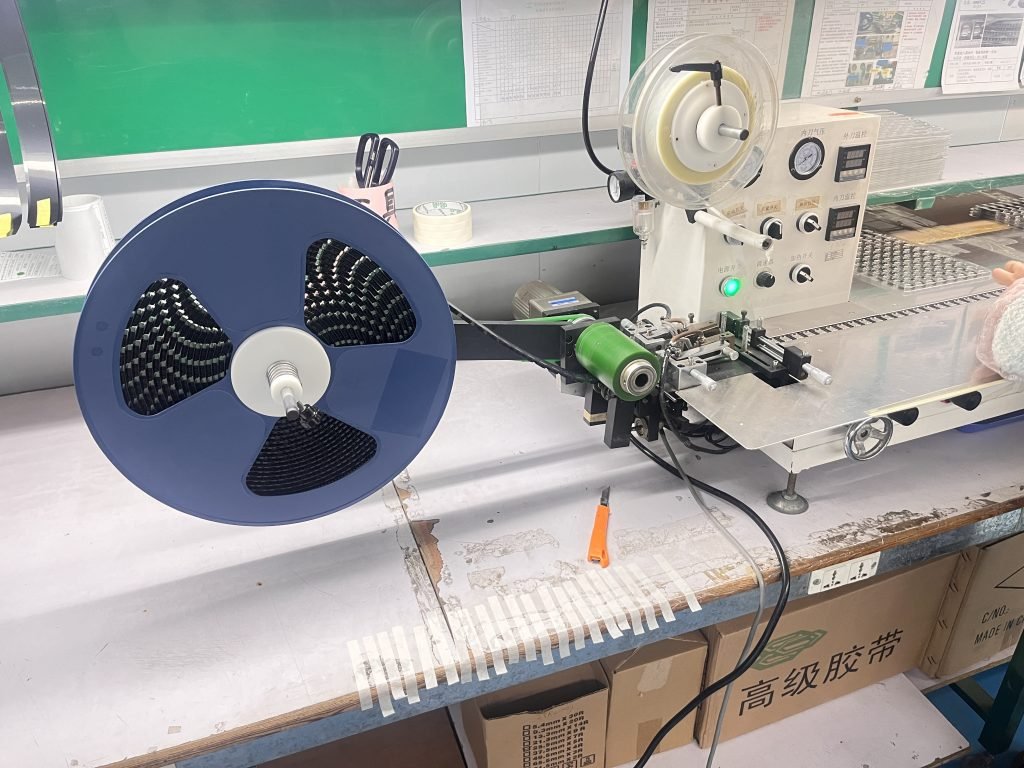
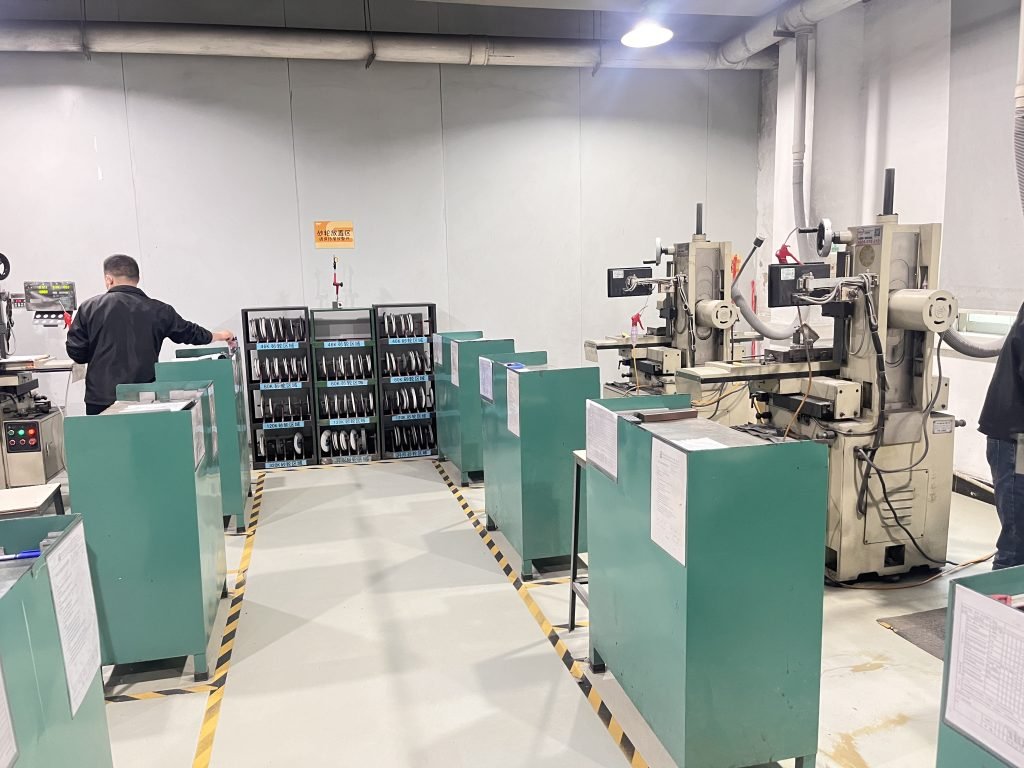
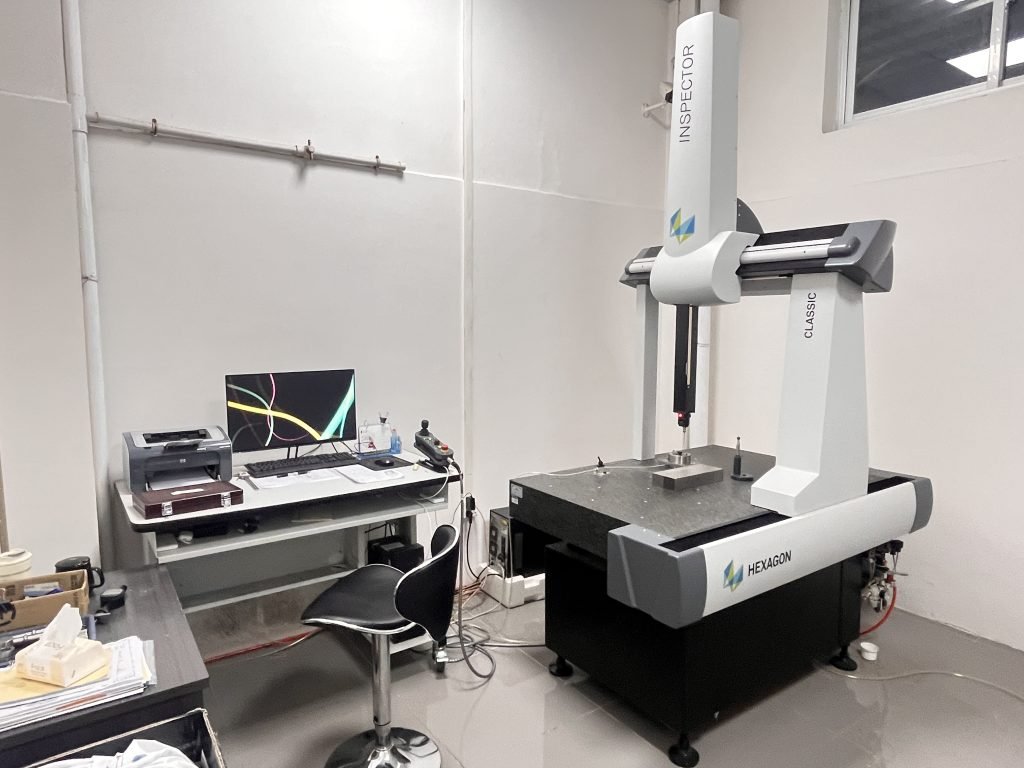
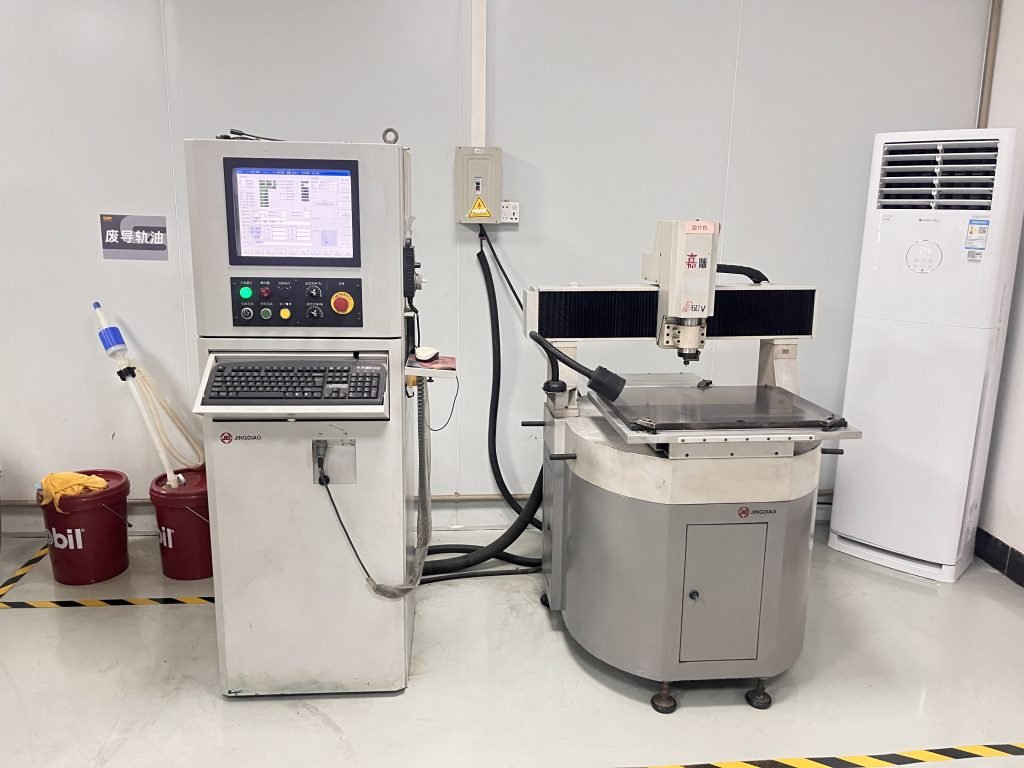
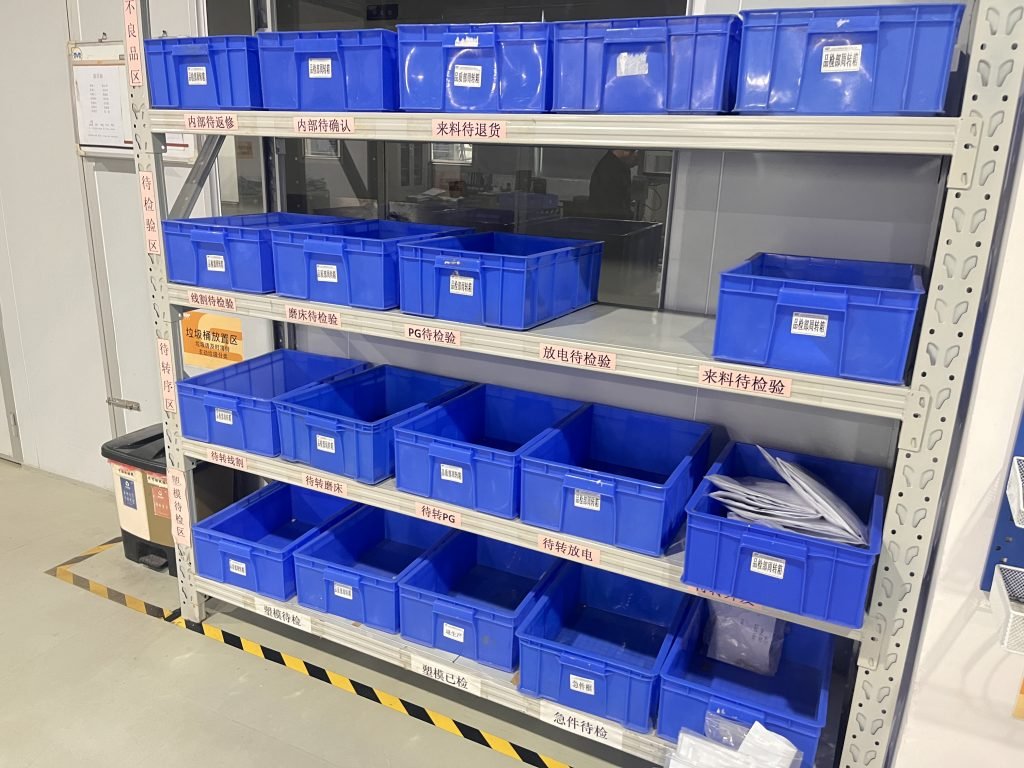
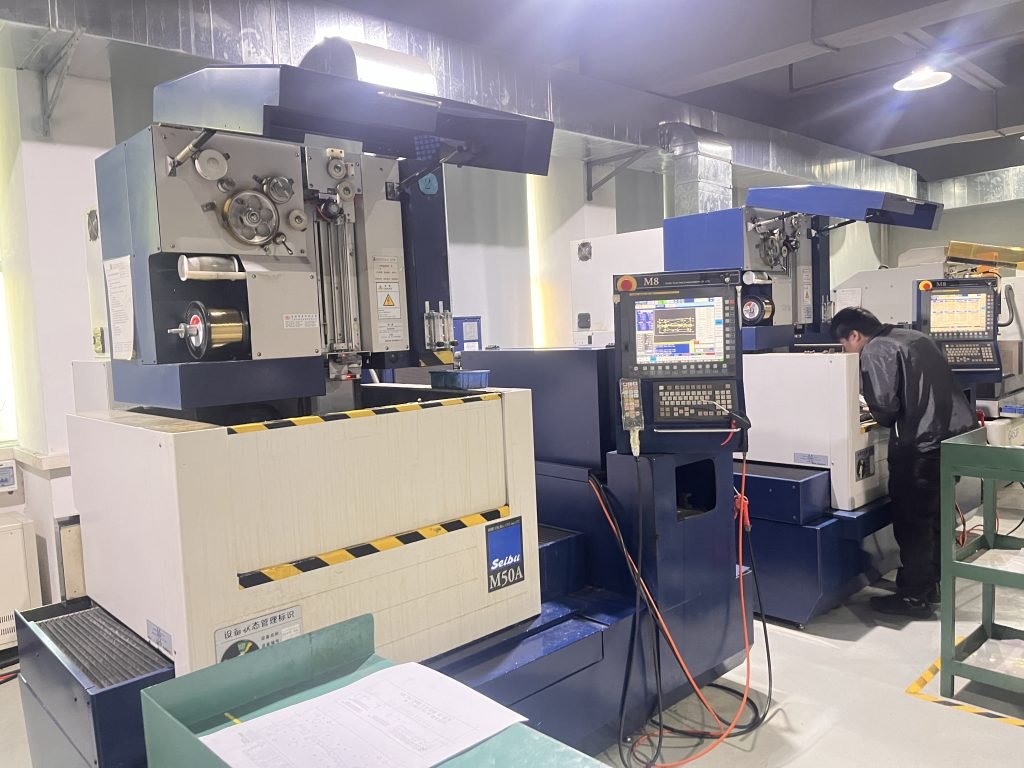

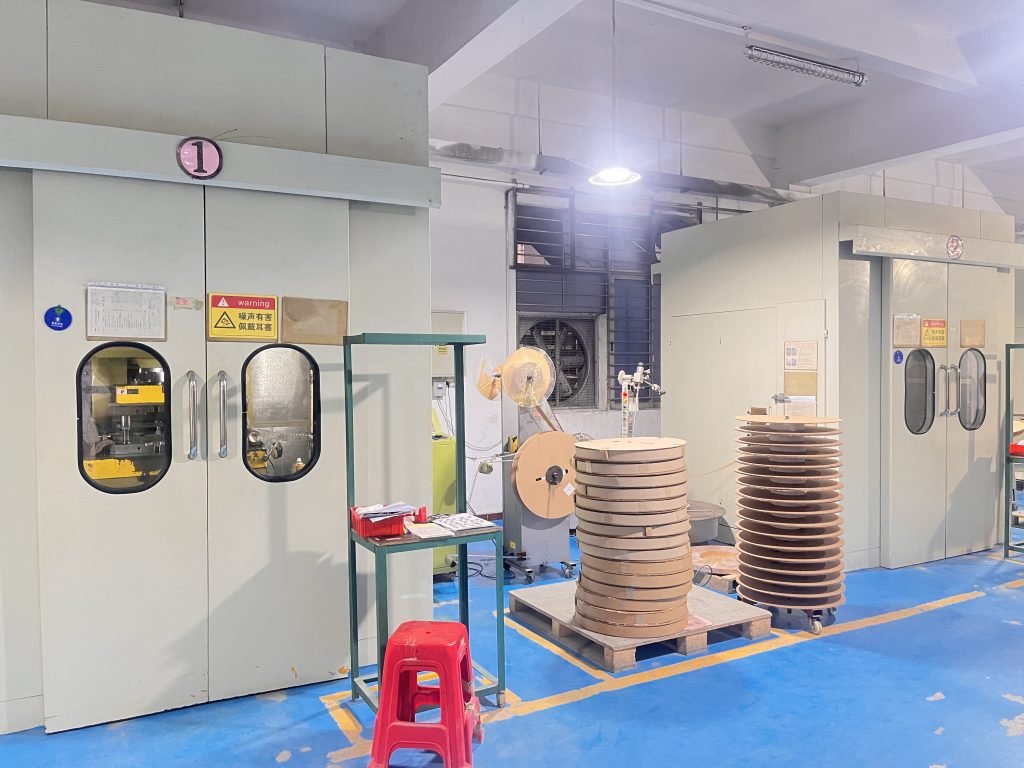
Technical Specs for Mold Components
Our processes ensure unmatched consistency and repeatability at fast lead times and affordable pricing.
| Category | Parameter | Typical Value/Standard |
| Material Properties | Hardened steel grade (e.g., H13, S136) | AISI H13 (HRC 48-52) |
| Thermal conductivity (tool steels) | 24-30 W/m·K | |
| Dimensional Accuracy | Linear tolerance (core/cavity) | ±0.01 mm |
| Coaxiality (ejector pins) | ≤0.005 mm | |
| Surface Treatment | Surface roughness (polished cavities) | Ra ≤0.2 μm |
| Nitriding hardness | HV 800-1000 (DIN 50190) | |
| Machining Parameters | CNC positioning accuracy | ±0.005 mm (5-axis) |
| Wire-cut precision (LS-WEDM) | ±0.003 mm | |
| Quality Control | 3D measurement accuracy (CMM) | ±0.002 mm |
| Mold base standard | HASCO/DME |
Manufacturing Capabilities
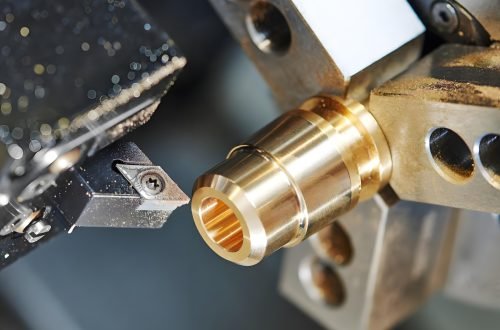
CNC Machining
- 5-axis milling for mold base cavities with ±0.005mm flatness.
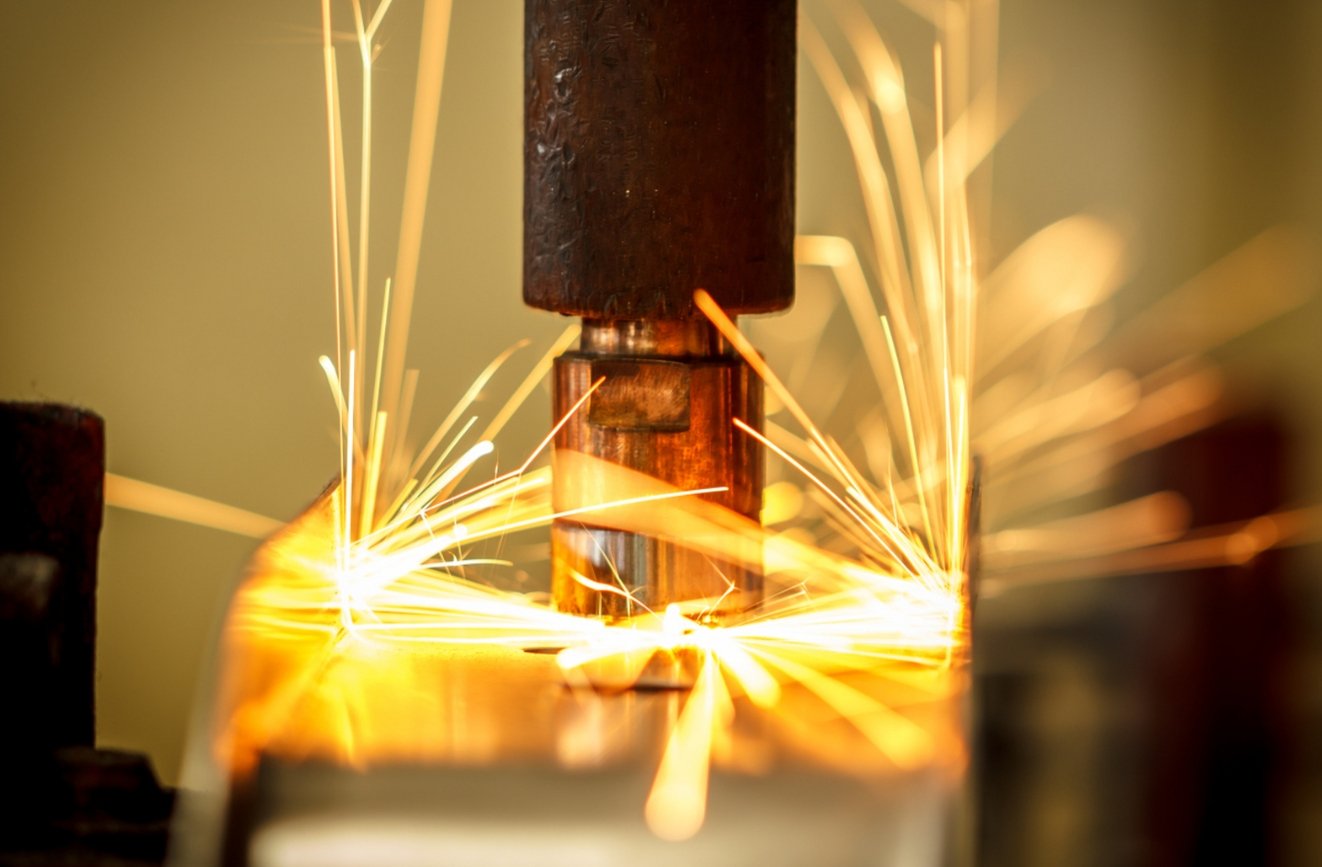
Heat Treatment
- Vacuum hardening to 60-62HRC for pillars exposed to cyclic loads.
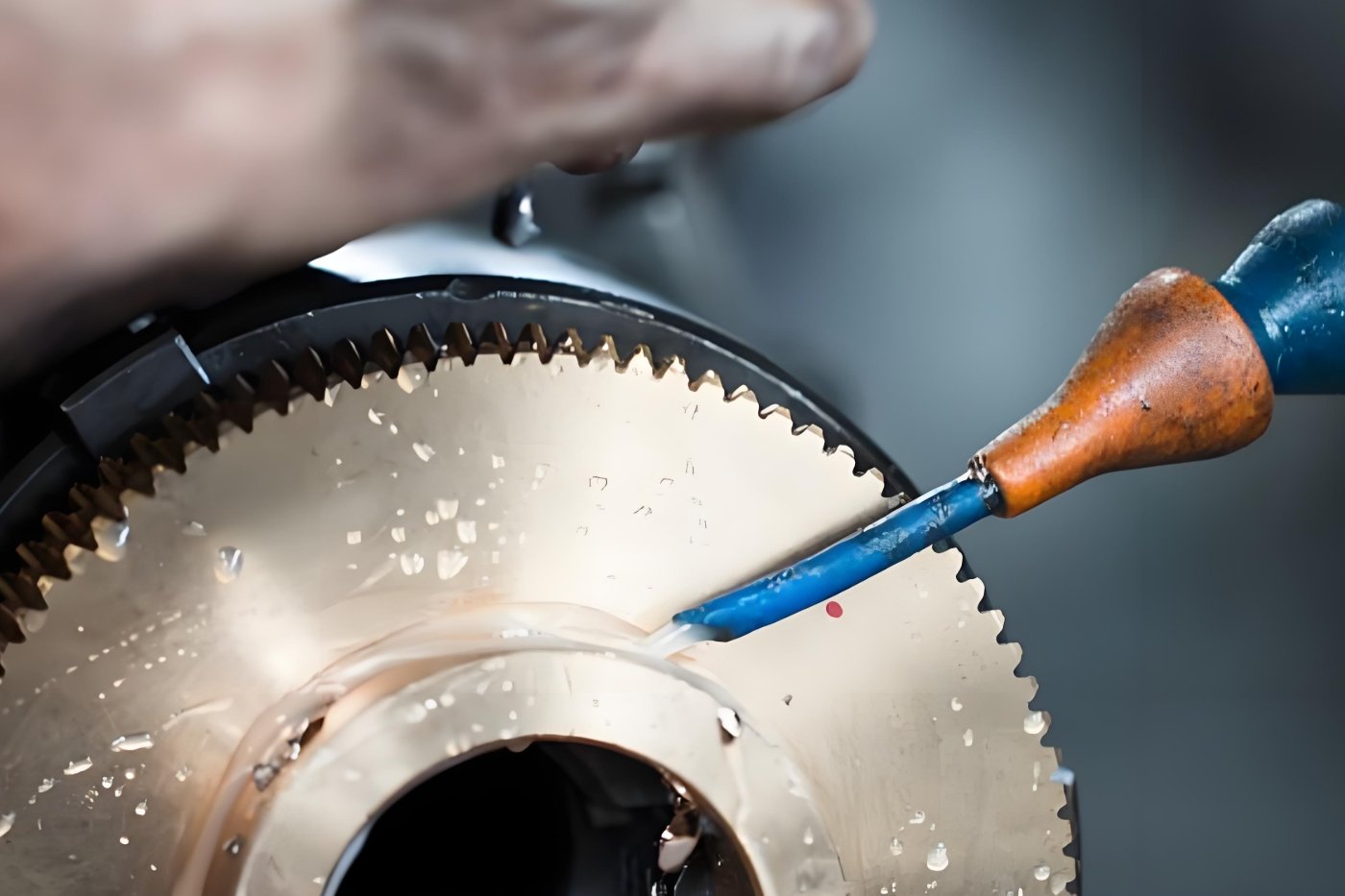
Grinding & Lapping
- Surface finish Ra ≤0.1μm on guide pillars to prevent wear.
Post-Processing & Surface Treatments
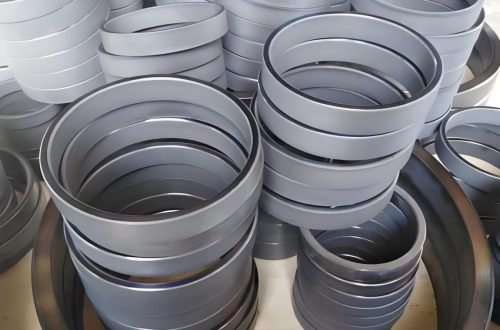
Nitriding
- 0.2mm case depth on guide pillars for wear resistance in high-speed molds.
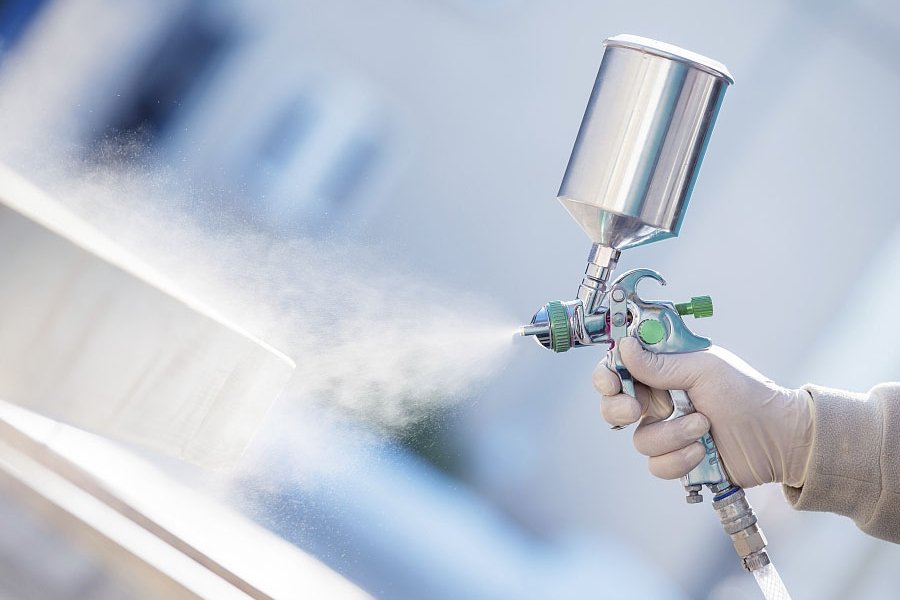
Shot Peening
- Compressive stress layer on pillar threads to prevent fatigue cracking.
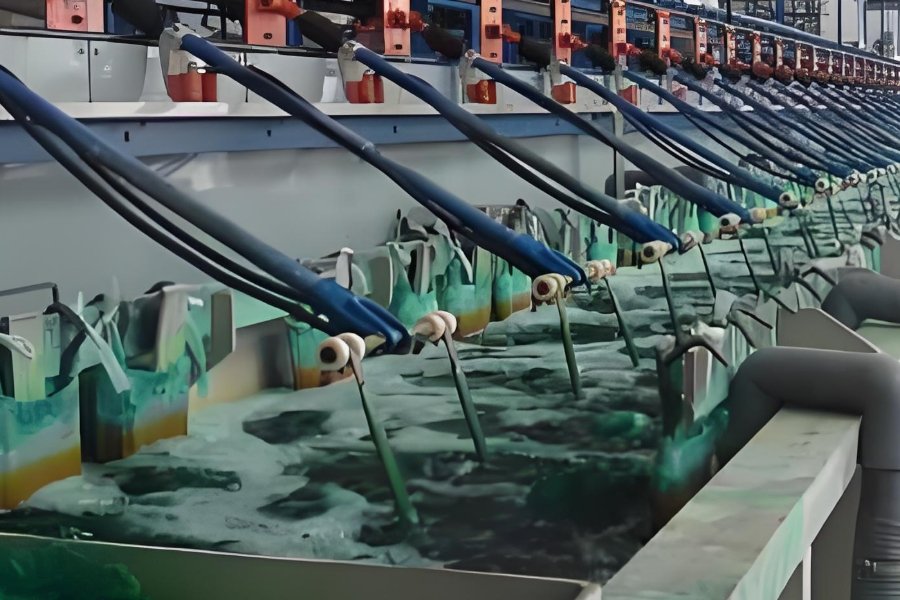
Electroless Nickel
- 50μm coating for mold bases in humid or acidic environments.
Why Fecision for Mold Components?

Precision and Accuracy
Using state-of-the-art CNC machining, EDM, and other advanced manufacturing techniques, Fecision ensures all mold components meet tight tolerances and high-quality standards.
Customization
Fecision understands the unique needs of each project. Our team works closely with customers to provide tailored solutions, ensuring that each component fits perfectly within the target mold system.
Rapid Prototyping
Fecision offers rapid prototyping for mold components, enabling customers to test and refine designs quickly before moving into full production.
End-to-End Services
From initial design and DFM (Design for Manufacturability) analysis to final mold assembly and testing, Fecision handles every aspect of the mold component manufacturing process.
Process for Manufacturing Mold Components
Manufacturability Evaluation
The initial step involves assessing the manufacturablity of the mold component. If it's deemed feasible, we proceed with production immediately. If not, we will provide a detailed DFM (Design for Manufacturability) report to the customer. If necessary, mold flow analysis is performed to simulate the flow of molten material within the mold.
Material Selection
Next, choose the right material for mold parts. Common materials for mold components include steel alloys, aluminum, stainless steel, specialty alloys, etc. If needed, a prototype may be made using rapid prototyping techniques (e.g., 3D printing, CNC machining) to test the design for fit, function, and manufacturability.
Mold Components Manufacturing
Once the design and materials are finalized, the mold component undergoes CNC machining. If required, the mold component may undergo heat treatment, depending on the material and intended application. For certain components, surface hardening methods such as nitriding or carburizing are applied to increase wear resistance.
Shipping
For molds with multiple components, such as multi-cavity molds or molds with inserts, the individual components are carefully assembled into the final mold system. Once our engineers confirm the product meets all requirements, it will be shipped. We maintain ongoing communication to ensure the customer is fully satisfied with the product they receive.
Let's Start!
Together, we can make something remarkable!
Let us turn your vision into reality. Provide us with your project details, and we’ll create a customized proposal designed specifically for you.

